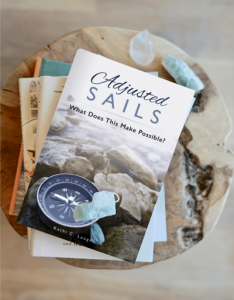 Have you smiled today? One of the best ways to change your day is to change your mood. And one of the easiest ways to do that is very simple: Just smile!
Have you smiled today? One of the best ways to change your day is to change your mood. And one of the easiest ways to do that is very simple: Just smile!
Go ahead – smile. Relax into it. Let the act of smiling wash over you.
If you struggle with this, try asking yourself one of these questions (or come up with one of your own):
→ What word makes me smile? (You will think of one – then think about that word and smile!)
→ What person makes me smile? (You will think of someone – think about them and smile!)
→ What music makes me smile (You will have a favorite – play it back and smile!)
→ What place makes me smile (We all have a place – remember yours and smile!)
One of those questions is going to bring a thought to mind that will inspire your smile. Hold that thought as you relax into the smile.
Here’s what will happen when you do:
🙂 Your stress level will go down (and so will your blood pressure!).
🙂 You will live longer (studies prove it…).
🙂 Your health will improve (more studies prove this…) and your immune system will work better.
🙂 You will simply feel better (studies show that smiling releases endorphins, natural pain killers and serotonin).
🙂 You will stand out from the crowd (nothing is more magnetic than a smile).
🙂 People are going to smile back! It is one of the most contagious expressions that exists and you can change their day as you’re changing your own.
So go ahead – make your day (and mine!): Smile!












